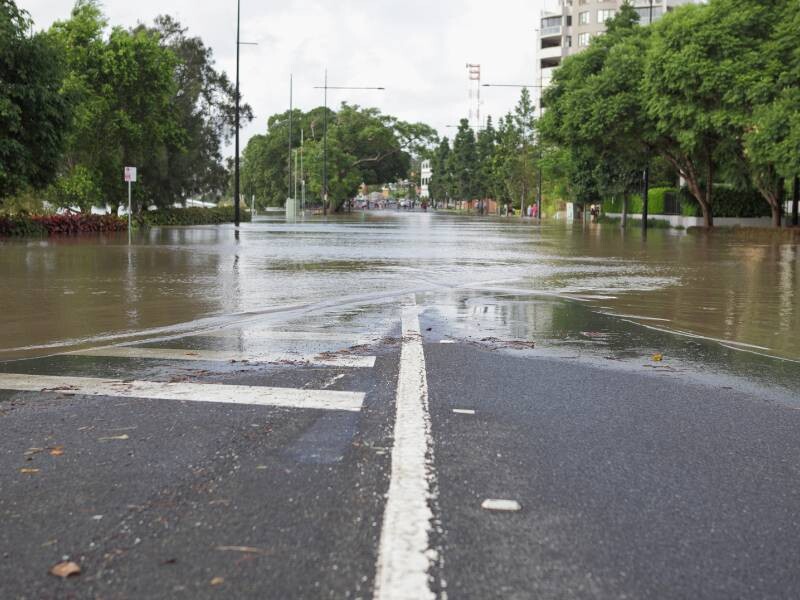In the world of traffic control, few situations test the mettle and preparedness of our teams like emergency response scenarios. From the fury of unexpected storms to the aftermath of utility disruptions, the capacity to maintain order and ensure safety amidst chaos is paramount. In a recent discussion with Brendan, BDM with East Coast Traffic Control, he shared invaluable insights into why safety isn’t just a priority but a necessity during these critical times.
Understanding the Terrain: The Unpredictable Nature of Emergencies
Emergency response situations, be it due to natural disasters or man-made crises, bring a level of unpredictability that demands not only a quick response but also a well-thought-out approach to traffic control. The initial chaos that ensues following events like flooding or severe storms challenges our conventional traffic management strategies, pushing us to adapt and innovate on the fly.
Training for the Unpredictable
At the heart of ECTC’s strategy lies comprehensive training designed to equip our team with the knowledge and skills to handle any emergency. Brendan emphasised the importance of rigorous training programmes that simulate real-life emergency scenarios, ensuring that team members can make swift, informed decisions that prioritise safety above all.
The Role of Advanced Planning
“While you can’t predict every emergency, you can prepare for them,” Brendan noted. This preparation involves advanced planning, including the assessment of potential hazards and the development of contingency plans. By understanding the likely scenarios and having clear protocols in place, ECTC ensures that its response is both rapid and effective, minimising risks to both traffic controllers and the public.
Coordination and Communication: The Linchpins of Safety
Effective coordination with local authorities, emergency services, and utility companies is crucial during emergency responses. Brendan highlighted how seamless communication facilitates a unified approach to managing the situation, ensuring that all parties are aware of the developments and can adjust their strategies accordingly. “It’s about being a part of a larger ecosystem working towards the common goal of public safety,” he explained.
Safety Gear and Technology: Enhancing Protection
In the chaos of an emergency, the right safety gear and technology can make a significant difference. From high-visibility clothing to advanced traffic management systems, ECTC leverages the best in class equipment to enhance safety. Brendan pointed out that “Investing in technology and safety gear is investing in the well-being of our team and the public we serve.”
Public Education: A Collective Effort towards Safety
Public awareness and education play a critical role in enhancing safety during emergencies. Brendan advocates for ongoing public education efforts to inform the community about the importance of adhering to traffic controls, especially in emergency situations. “A well-informed public is an invaluable ally in maintaining safety,” he stated.
Reflecting on Successes and Learning from Challenges
Every emergency response provides valuable lessons, and part of ECTC’s commitment to safety involves reflecting on these experiences. Brendan shared how after-action reviews have become a cornerstone of their continuous improvement process, allowing the team to refine their strategies and enhance their preparedness for future emergencies.
Conclusion: A Commitment to Safety Above All
For Brendan and the team at East Coast Traffic Control, the chaotic nature of emergency response situations reinforces their commitment to safety. It’s a reminder of the crucial role that traffic control plays in managing crises and the continuous need for diligence, preparation, and innovation. In the face of adversity, ECTC stands ready, guided by a principle that safety should never be compromised.
FAQs
Q: How does ECTC prepare for emergency situations?
A: ECTC prepares through comprehensive training, advanced planning, and coordination with local authorities and emergency services.
Q: What technologies does ECTC use to enhance safety during emergencies?
A: ECTC utilises advanced traffic management systems, high-visibility clothing, and other state-of-the-art safety gear.
Q: How does public education contribute to safety?
A: Educating the public on the importance of adhering to traffic controls during emergencies helps ensure their safety and the safety of others.
Q: What is the biggest challenge in traffic control during emergency situations?
A: The unpredictability of emergencies poses the biggest challenge, requiring quick, informed decision-making and adaptability.
Q: How does ECTC measure the success of its emergency response strategies?
A: Success is measured through after-action reviews that assess the effectiveness of the response and identify areas for improvement.





